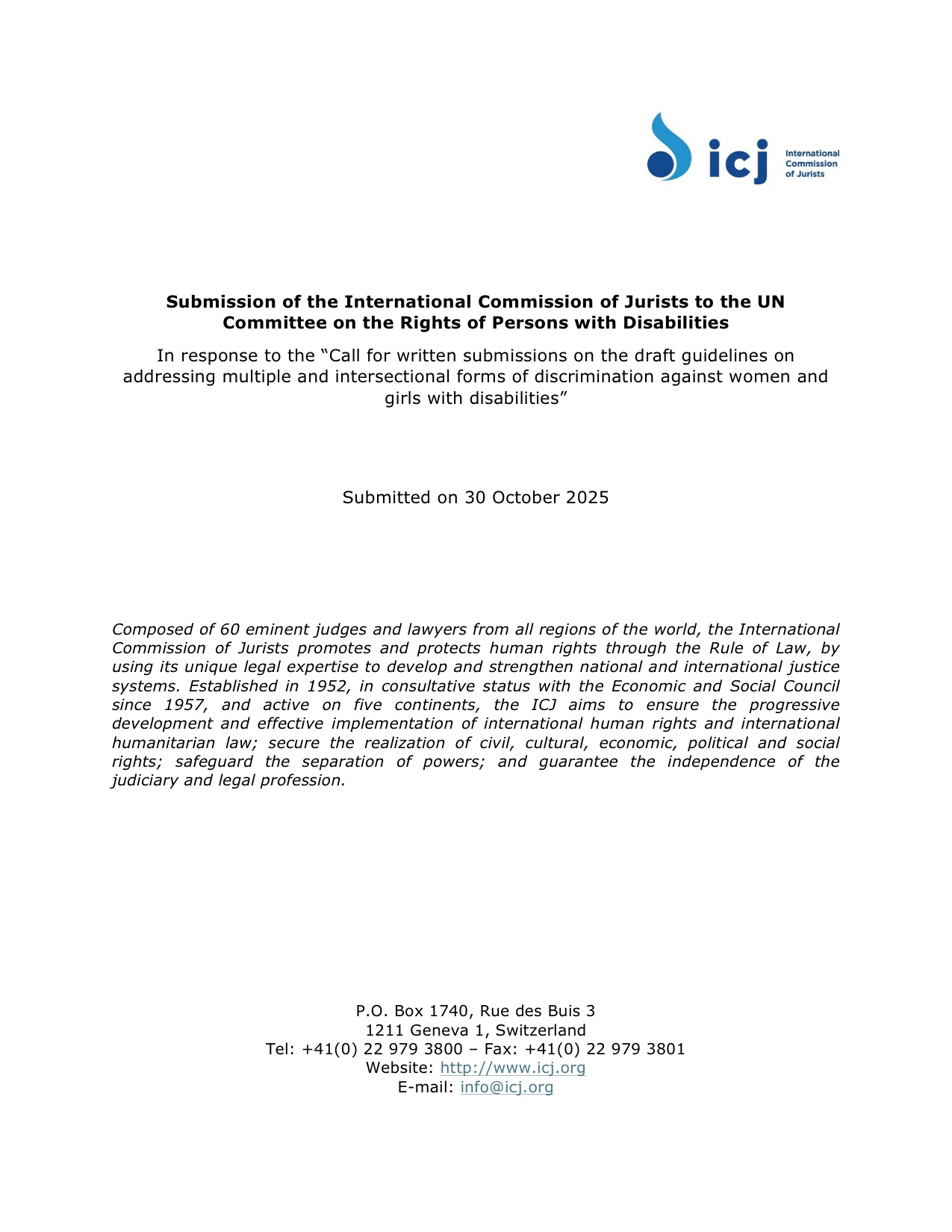St. Cloud Planning Commission advances housing development despite neighbors’ concerns – St. Cloud Times

Report on the Bear Ridge Housing Development and its Contribution to Sustainable Development Goals
Executive Summary
The St. Cloud Planning Commission has advanced a revised plan for a 44-unit housing development, known as Bear Ridge. This project is significant for its potential contributions to several United Nations Sustainable Development Goals (SDGs), particularly in promoting sustainable urban growth, ensuring economic inclusion, and practicing transparent governance. The development seeks to balance the need for affordable housing with community feedback regarding density and property values.
Project Specifications and Alignment with SDG 11: Sustainable Cities and Communities
The Bear Ridge development is a direct response to the need for adequate, safe, and affordable housing, a core target of SDG 11. By diversifying the housing stock, the project aims to make the city of St. Cloud more inclusive and sustainable. The proposed plan includes a mix of housing types to cater to various needs and income levels.
- Single-Family Lots: 34 units
- Twin Home Lots: 6 units
- Townhouse Lots: 4 units
This variety supports inclusive urbanization by providing options for different family structures and economic situations, thereby strengthening the community’s resilience and sustainability.
Advancing Social and Economic Sustainability (SDG 1, 8, 10)
A primary objective of the development is to provide “workforce housing,” which aligns with multiple SDGs focused on economic well-being and equity.
- SDG 1 (No Poverty) & SDG 10 (Reduced Inequalities): With a projected price range of $300,000 to $380,000, the development aims to provide affordable housing options. Access to affordable housing is a critical factor in preventing poverty and reducing economic and social inequalities within a community.
- SDG 8 (Decent Work and Economic Growth): By providing housing that is affordable for working-class residents, the project supports the local labor force. This ensures that the benefits of economic growth are shared more broadly, as workers can afford to live within the community where they are employed.
Participatory Governance and Community Engagement (SDG 16: Peace, Justice and Strong Institutions)
The project’s progression through the municipal planning process demonstrates a commitment to SDG 16, which calls for effective, accountable, and inclusive institutions. A public hearing was held on July 8, allowing for participatory decision-making where neighboring property owners voiced their perspectives.
Key Community Concerns
- Housing Density: Residents expressed concern that the plan would place “too many people in a small area.”
- Property Values: There was apprehension that the new, denser development could decrease the value of existing homes in the neighborhood.
- Infrastructure and Access: Concerns were raised about property access and the financial responsibility for assessments related to new street extensions.
The developer, Steve Noble, addressed these points by explaining that the revised setbacks and lot configurations were necessary to accommodate larger garages and integrate the more affordable twin home and townhouse units, clarifying that the density increase was primarily from the addition of townhomes, not from shrinking single-family lots.
Conclusion and Next Steps
The St. Cloud Planning Commission’s approval advances the Bear Ridge plan to the City Council for a final public hearing and decision. The project exemplifies a modern urban development challenge: balancing the urgent need for affordable workforce housing (SDGs 1, 8, 10, 11) with the valid concerns of the existing community, all within a transparent and inclusive governance framework (SDG 16). Successful implementation will depend on continued dialogue and a final plan that effectively integrates these competing priorities for the sustainable future of St. Cloud.
Analysis of Sustainable Development Goals in the Article
1. Which SDGs are addressed or connected to the issues highlighted in the article?
-
SDG 11: Sustainable Cities and Communities
This is the most relevant SDG as the article’s central theme is a new housing development within the city of St. Cloud. It discusses urban planning, housing affordability, density, and infrastructure, which are all core components of creating sustainable communities.
-
SDG 16: Peace, Justice and Strong Institutions
The article highlights the governance and decision-making process for the development. It describes the roles of the St. Cloud Planning Commission and the City Council, and emphasizes the “public hearing” process where citizens can voice concerns. This relates directly to building effective, accountable, and inclusive institutions at all levels.
-
SDG 1: No Poverty
While not the primary focus, this goal is connected through the concept of “workforce housing.” The development aims to provide affordable homeownership opportunities for “working-class residents,” which addresses access to basic services and economic resources like property, contributing to economic security and poverty prevention.
2. What specific targets under those SDGs can be identified based on the article’s content?
-
Target 11.1: By 2030, ensure access for all to adequate, safe and affordable housing and basic services.
The article directly addresses this target by describing the “Bear Ridge development” as a project to create 44 new housing units. The developer, Steve Noble, explicitly states the project is meant to be “‘workforce housing’… focused on being affordable for working-class residents,” with a specific price range provided.
-
Target 11.3: By 2030, enhance inclusive and sustainable urbanization and capacity for participatory, integrated and sustainable human settlement planning and management in all countries.
This target is evident in the description of the planning process. The article mentions developers seeking “decreased setbacks and minimum lot depth,” which is a land-use planning decision. Furthermore, residents’ concerns about the “density of the development” and how it will “change the neighborhood” reflect the challenges of sustainable urbanization and human settlement planning.
-
Target 16.7: Ensure responsive, inclusive, participatory and representative decision-making at all levels.
The article provides a clear example of this target in action. It details the “public hearing” held by the Planning Commission where “neighboring property owners who spoke” voiced their opposition. The plan must also go before the “city council” for “another public hearing,” demonstrating a multi-level, participatory approval process designed to include resident feedback.
3. Are there any indicators mentioned or implied in the article that can be used to measure progress towards the identified targets?
-
For Target 11.1 (Affordable Housing):
- Number of new housing units: The article specifies the project will create “a 44-unit housing development,” broken down into “34 single-family lots, as well as six twin home lots and four townhouse lots.”
- Housing affordability: A direct indicator is the “predicted price range of $300,000 to $380,000.” This can be measured against local income levels to assess affordability for the target “working-class residents.”
-
For Target 11.3 (Sustainable Urbanization/Planning):
- Housing density: This is a key concern for residents, as one stated, “You’re putting too many people in a small area.” The number of units (44) relative to the development’s land area is an implied indicator.
- Land use planning regulations: The approval of “decreased setbacks and minimum lot depth” is a specific indicator of adjustments to planning rules to accommodate the development.
-
For Target 16.7 (Participatory Decision-Making):
- Existence of participatory forums: The article explicitly mentions two such forums: the “public hearing at its meeting July 8” with the Planning Commission and the upcoming “public hearing” with the City Council.
- Level of public engagement: The article notes “significant pushback from neighboring property owners who spoke,” indicating that the public is actively participating in the process.
4. Table of SDGs, Targets, and Indicators
| SDGs | Targets | Indicators Identified in the Article |
|---|---|---|
| SDG 11: Sustainable Cities and Communities | 11.1: Ensure access for all to adequate, safe and affordable housing and basic services. |
|
| SDG 11: Sustainable Cities and Communities | 11.3: Enhance inclusive and sustainable urbanization and capacity for participatory, integrated and sustainable human settlement planning. |
|
| SDG 16: Peace, Justice and Strong Institutions | 16.7: Ensure responsive, inclusive, participatory and representative decision-making at all levels. |
|
Source: sctimes.com

What is Your Reaction?
 Like
0
Like
0
 Dislike
0
Dislike
0
 Love
0
Love
0
 Funny
0
Funny
0
 Angry
0
Angry
0
 Sad
0
Sad
0
 Wow
0
Wow
0


















-1920w.png?#)






















;Resize=805#)


































